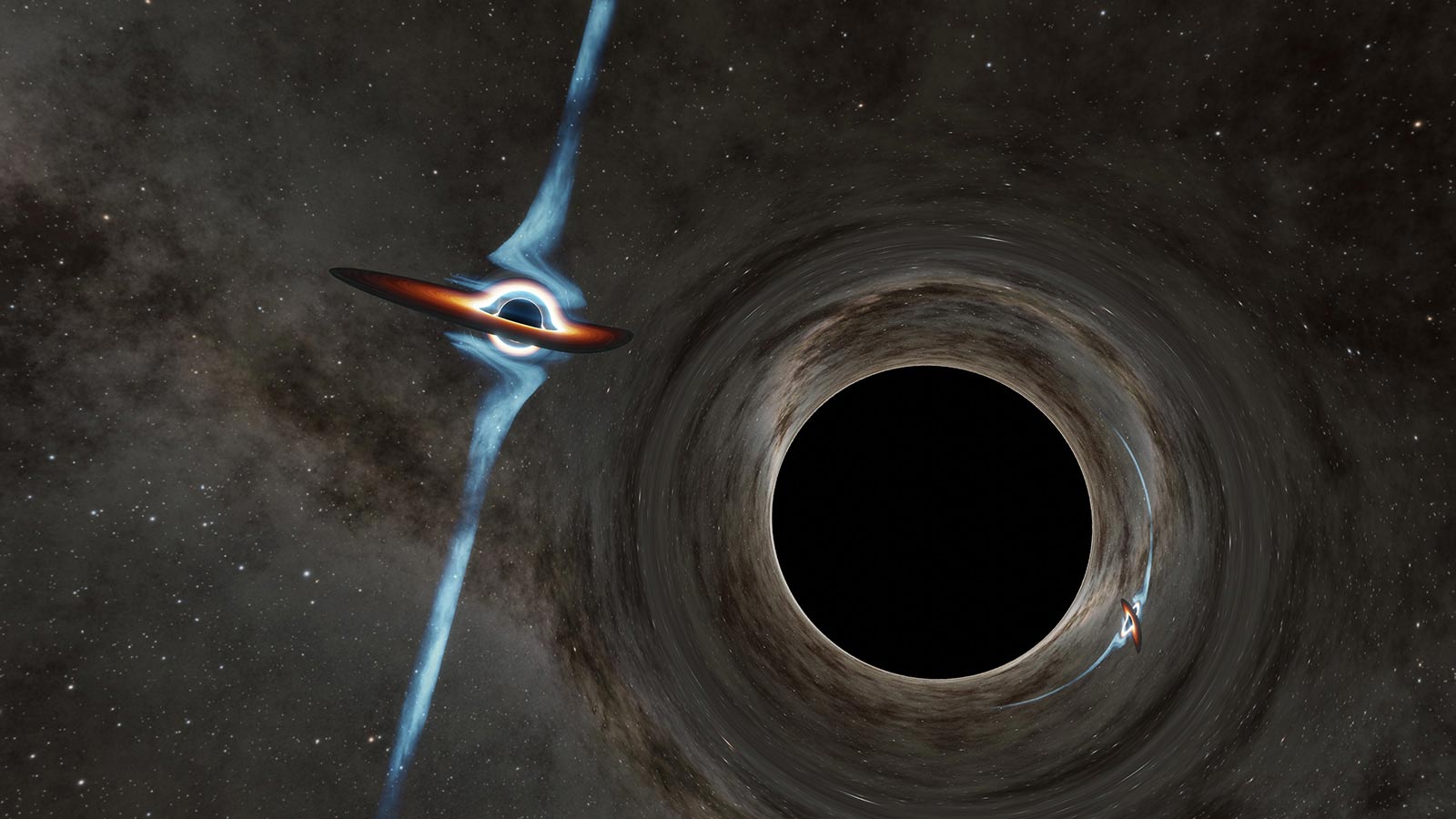
They are 10 times closer to each other than the black holes in the only other known supermassive binary black hole system.
A team of researchers from Purdue University and other institutions has discovered a supermassive black hole binary system, one of only two known such systems.The two black holes, which orbit each other, likely weigh the equivalent of 100 million suns each.
One of the black holes powers a massive jet that moves outward at nearly the speed of light.
The two are only between 200 AU and 2,000 AU apart, at least 10 times closer than the only other known supermassive binary black hole system.Finding systems like this is also important for understanding the processes by which galaxies formed and how they ended up with massive black holes at their centers.Matthew Lister in the College of Science at Purdue University and his team imaged the system from 2002 to 2012, but the team’s radio telescope lacks the resolution to resolve the individual black holes at such a large distance.
His imaging data supports the binary black hole scenario and also provides the orientation angle of the jetted outflow, which is a critical component in the paper’s model for the Doppler-induced variations.
Two supermassive black holes are seen orbiting each other in this artist’s loopable animation.The more massive black hole, which is hundreds of millions times the mass of our sun, is shooting out a jet that changes in its apparent brightness as the duo circles each other.
Reference: “The Unanticipated Phenomenology of the Blazar PKS 2131–021: A Unique Supermassive Black Hole Binary Candidate” by SSMay 10, 2022.May 9, 2022.May 9, 2022AMay 9, 2022.May 9, 2022.